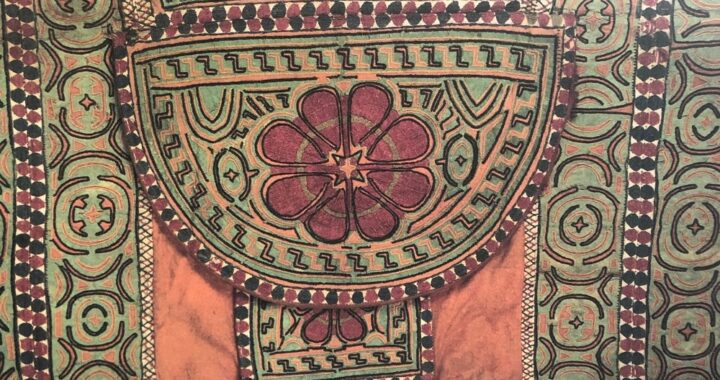Debunking the Myth: Is Bonded Leather Truly Sustainable?

In recent years, as sustainability becomes an increasingly crucial consideration in consumer choices, the demand for eco-friendly products has surged. From organic foods to renewable energy sources, people are actively seeking alternatives that lessen their environmental footprint. In the realm of fashion and furniture, one material that often sparks debate regarding its sustainability is bonded leather. Advocates argue that it’s a more ethical and eco-friendly option compared to genuine leather, but is this really the case?
Understanding Bonded Leather:
Firstly, let’s dissect what bonded leather actually is. Essentially, it’s a composite material made from shredded leather scraps, fibers, or dust that are bonded together using polyurethane or latex onto a fiber or paper backing. This process gives it the appearance and texture of genuine leather at a fraction of the cost. However, its production process raises questions about its sustainability credentials.
The Sustainable Angle:
Proponents of bonded leather argue that it’s a sustainable alternative to genuine leather because it utilizes leftover scraps that would otherwise go to waste. By repurposing these materials, it reduces the burden on landfills and minimizes the need for additional resources. Additionally, since bonded leather is often cheaper than genuine leather, it can make ethical fashion and furniture more accessible to a wider audience, potentially reducing the demand for genuine leather and the associated environmental impacts of livestock farming.
However, the sustainability claims of bonded leather are not without criticism. While it does repurpose leather scraps, the bonding process involves the use of synthetic materials such as polyurethane, which are derived from fossil fuels and can have significant environmental consequences. The production of polyurethane emits greenhouse gases and requires non-renewable resources, contributing to pollution and climate change. Moreover, bonded leather products often have a shorter lifespan than genuine leather due to their lower quality, leading to quicker disposal and adding to the issue of waste accumulation.
The Verdict:
While bonded leather may offer certain advantages in terms of utilizing waste materials and reducing costs, its sustainability remains questionable. The reliance on synthetic bonding agents and the potential for shorter product lifespans detract from its eco-friendly claims. As consumers, it’s essential to critically evaluate the sustainability of products beyond surface-level claims and consider the entire lifecycle of materials used.
Moving Forward Sustainably:
In the quest for sustainable alternatives, it’s crucial to explore a range of options beyond bonded leather. Innovative materials such as cork, pineapple leather (Piñatex), and mushroom leather offer promising alternatives that prioritize environmental stewardship without compromising on quality or style. Additionally, investing in timeless pieces made from high-quality materials and supporting brands with transparent and ethical production practices can contribute to a more sustainable future.
In conclusion, while bonded leather may present itself as a more sustainable option due to its utilization of leather scraps, its reliance on synthetic materials and questionable durability cast doubts on its eco-friendly credentials. As consumers, let’s continue to educate ourselves, demand transparency from manufacturers, and explore truly sustainable alternatives that align with our values and respect the planet we call home.


 Your Ultimate Guide to Everything About Face Packs
Your Ultimate Guide to Everything About Face Packs  Cultural Delight: African Fabric Baskets Illuminate Homes With Artistic Flair
Cultural Delight: African Fabric Baskets Illuminate Homes With Artistic Flair  A Guide to The Most Important Office Stationery for Offices
A Guide to The Most Important Office Stationery for Offices  Discover Your Perfect Match: Finding the Best Blow Dry Spray for Your Hair
Discover Your Perfect Match: Finding the Best Blow Dry Spray for Your Hair  How To Enhance Your Kids Love for Arts and Crafts
How To Enhance Your Kids Love for Arts and Crafts  Advantage of installing acoustic panels in your home
Advantage of installing acoustic panels in your home  Debunking the Myth: Is Bonded Leather Truly Sustainable?
Debunking the Myth: Is Bonded Leather Truly Sustainable?